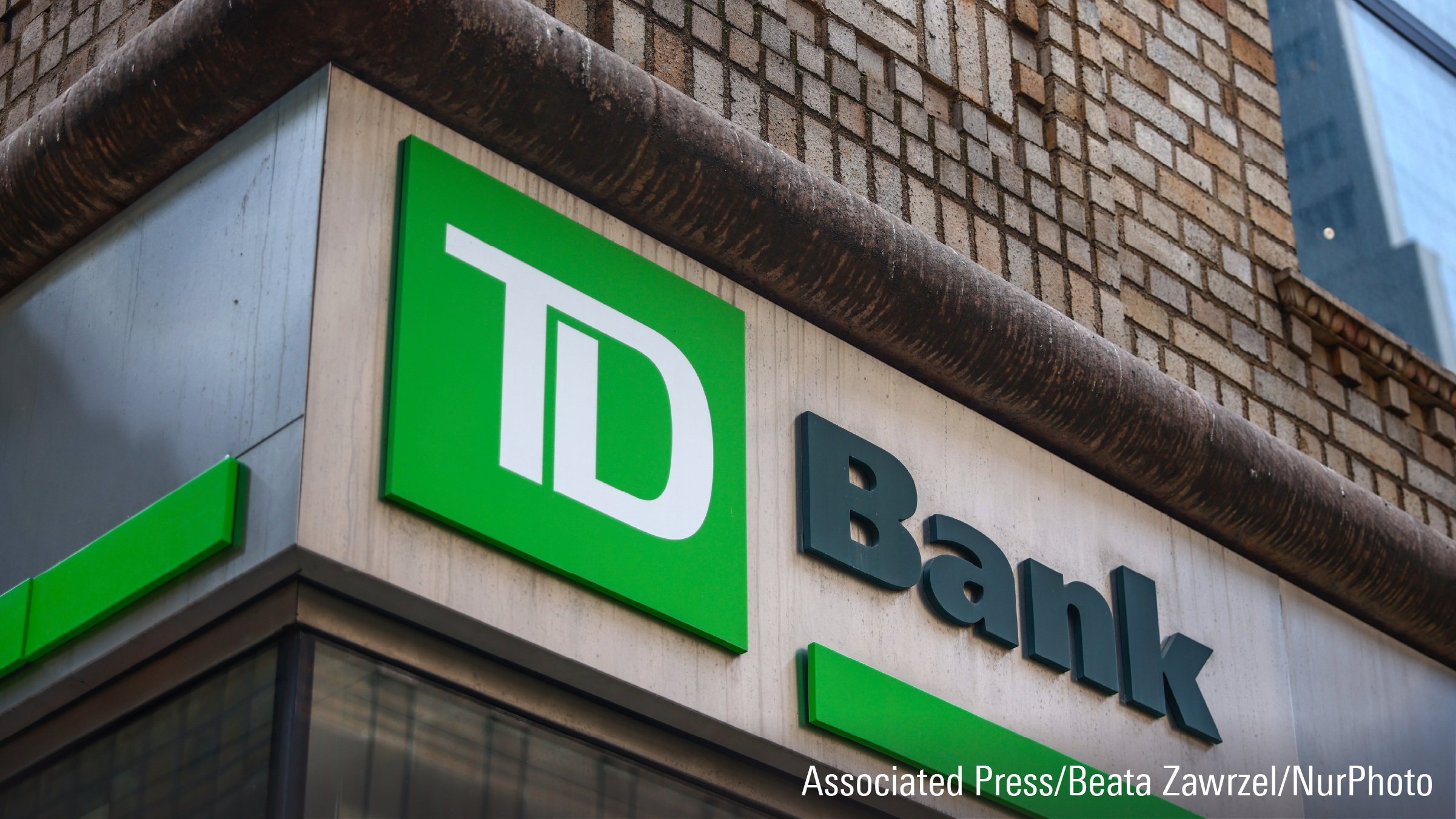WisdomTree U.S. Quality Dividend Growth Index (DGR) favours highly profitable stocks with durable competitive advantages that should have the capacity to raise their dividends over time. But it ignores long-term dividend-growth consistency, which reflects managers' willingness to raise their dividends and the stability of the underlying businesses.
This fund targets 300 dividend-paying stocks with high returns on assets and returns on equity over the past three years and a forecast for high earnings growth. Most stocks that make the cut, like ![]() Johnson & Johnson (JNJ),
Johnson & Johnson (JNJ), ![]() Microsoft (MSFT) and
Microsoft (MSFT) and ![]() 3M (MMM), are highly profitable and enjoy durable competitive advantages. Many of these firms would not pass a demanding screen for past dividend growth, similar to the one employed by Vanguard U.S. Dividend Appreciation ETF (VGG). There are pros and cons to each approach. A record of dividend growth is evidence that a firm's managers are committed to a shareholder-friendly payout policy and is a sign of stability. But restricting stock selection to this criterion excludes many emerging dividend payers and ignores forward-looking information about the sustainability of dividend growth.
3M (MMM), are highly profitable and enjoy durable competitive advantages. Many of these firms would not pass a demanding screen for past dividend growth, similar to the one employed by Vanguard U.S. Dividend Appreciation ETF (VGG). There are pros and cons to each approach. A record of dividend growth is evidence that a firm's managers are committed to a shareholder-friendly payout policy and is a sign of stability. But restricting stock selection to this criterion excludes many emerging dividend payers and ignores forward-looking information about the sustainability of dividend growth.
Despite its growth focus, the fund's dividend-weighting approach keeps it in the large-cap-blend section of the Morningstar Style Box. It weights each stock based on the value of dividends it is expected to pay over the next year. This causes the fund to overweight stocks that are cheap relative to their peers based on dividends. It also forces the fund to trim positions in stocks that have become more expensive relative to their peers and increase exposure to those that have become cheaper when it rebalances.
So far, the fund's approach has worked fairly well. Though the Canadian version was only launched in July 2016, the original U.S.-sold version dates back to May 2013; from that date through September 2017, it beat the Russell 1000 Index and category average by 25 and 237 basis points annually, respectively, with comparable volatility. That return ranked in the U.S. Large Blend category's top quintile.
The fund's 0.47% management-expense ratio is reasonable for this strategy and low relative to other strategic-beta ETFs in the U.S. Equity category. It is available in both currency-hedged and unhedged (DGR.B) versions. For Canadians who can efficiently access U.S.-traded securities, the original version of this ETF (DGRW) costs a mere 0.28%.
Fundamental view
This strategy emphasizes profitability and long-term growth over high dividend yields. Its dividend yield is usually only slightly higher than the Russell 1000 Index's. But there is a bigger difference in the average profitability of their constituents. Over the trailing 12 months through September 2017, the fund's holdings generated an average return on invested capital of 17.4%, while the corresponding figure for the Russell 1000 Index was 12.4%. Consistent with its tilt toward more-profitable firms, the fund also has greater exposure to stocks with wide moat ratings, or durable competitive advantages.
The fund's dual focus on return on assets and return on equity offers a more holistic picture of each firm's profitability. While firms can boost return on equity through financial leverage (debt financing), return on assets strips out this effect and offers a cleaner measure of operating efficiency.
These selection criteria, together with expected earnings growth, influence the fund's sector weightings. For example, utilities generally do not have high returns on capital, as their returns are often regulated. Given the sector's muted profitability and low growth rates, the fund currently has no exposure to utilities stocks. The fund also has less exposure to real estate and financial-services stocks than the Russell 1000 Index because they tend to have high leverage, which can hurt return on assets, and low expected growth. Similarly, weak profitability and low growth have kept the fund's energy stake small. It currently has greater exposure to consumer (cyclical and defensive), healthcare and industrial stocks than the Russell 1000 Index.
Because the fund's holdings tend to enjoy growth in profitability, they should have the capacity to increase their dividends at a healthy clip over time. However, the expected earnings rate of the fund's holdings often isn't significantly different than the Russell 1000 Index's, based on consensus estimates.
More importantly, the link between expected earnings growth and actual dividend growth is not ironclad. Stocks can, and often do, miss earnings expectations. While earnings-growth forecasts are generally directionally correct, realized earnings growth does not necessarily translate into dividend growth. A stock with strong earnings growth may elect to reinvest those earnings, rather than increase dividends, which can be prudent when returns on capital are high.
Dividend-payout rates are a good indicator of dividend safety and growth potential. Lower payout rates usually indicate that a firm is reinvesting a larger portion of its earnings in the business to fuel growth. (This may not be the case if the firm has a large share-buyback program.) They also suggest that the firm has a larger cushion to protect its dividend payments if its earnings dry up. At the end of September 2017, the average payout rate of the fund's holdings was 0.47, a bit higher than the corresponding figure for the Russell 1000 Index (0.41), based on forward-looking data.


















